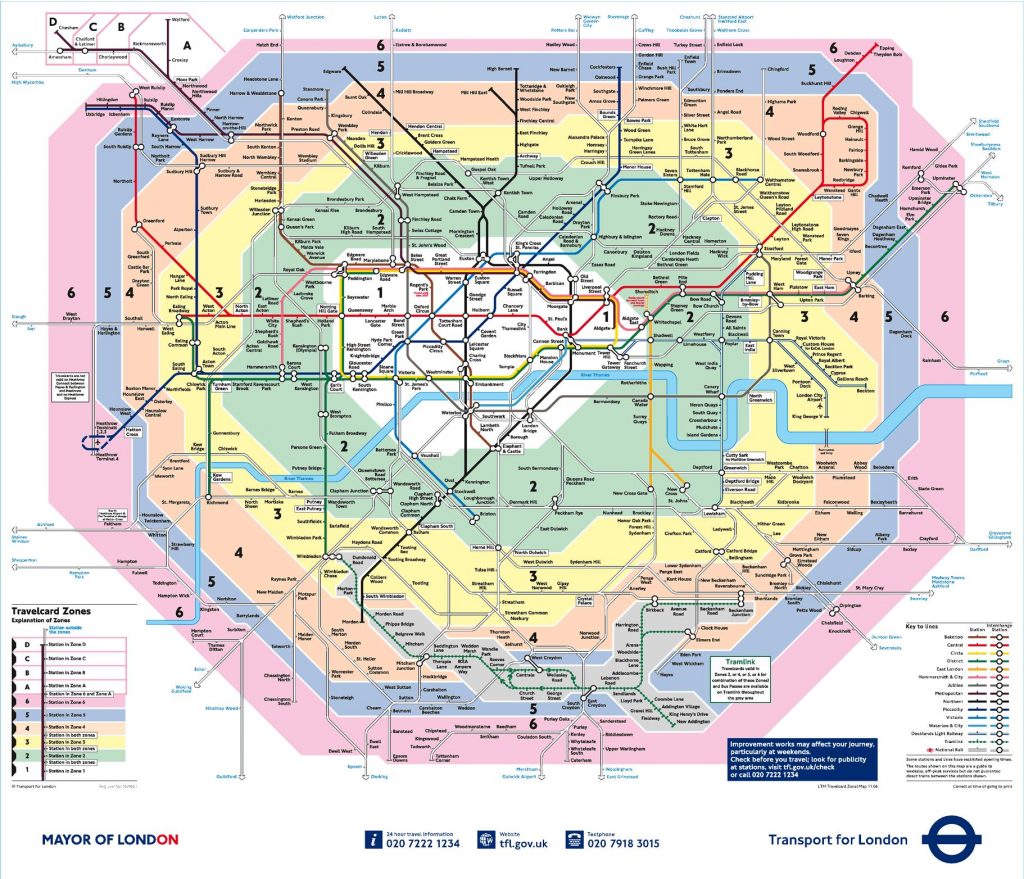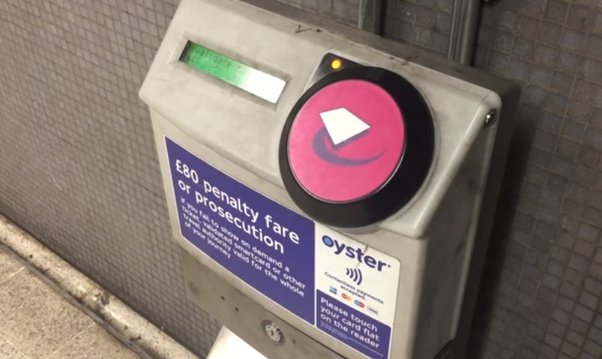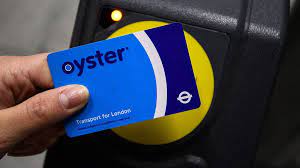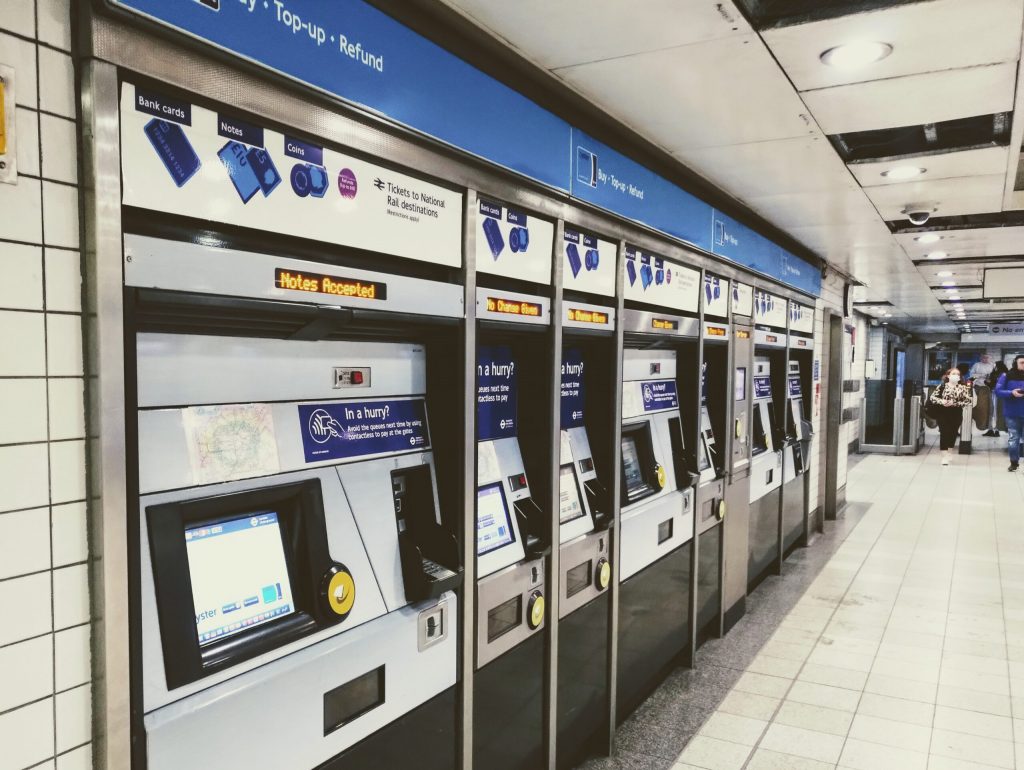The London Underground map is a twentieth century design classic. Here is an old one:
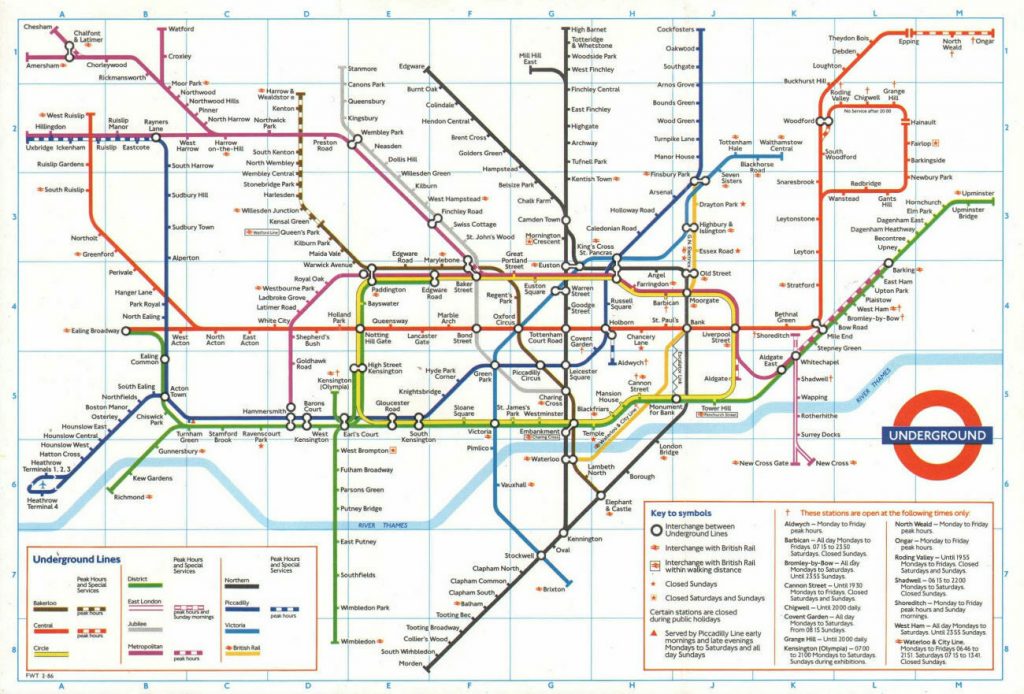
Don’t even think about visiting London without having one, either a free card version or as some kind of download. If you are in London, you will see them, or parts at least, inside tube trains, at stations and information places.
There is just one thing about this map. It isn’t a map, it’s a diagram. Let us explain.
The original idea behind Harry Beck’s design, we reckon, was that people sitting on train care nothing about whether their train goes up or down, left or right or even how far apart the stations are, they just want to know where to get on, change and get off. On central London tubes, all you can see out of the windows are walls anyway. The earliest tube trains had no windows, so you could not even see the stations.
So, the plan was simple, but inspired. Straight lines and curves, horizontal, vertical or 45o and equal distances between stations.
Because it’s a diagram, you cannot use it to navigate your way around on the streets, unlike in some cities, but it is supremely easy to understand.
Now, even though it’s not a map, it is not totally inaccurate. High Barnet really is a long way north, Heathrow is south west, Marble Arch is west of Bond Street and so on, and the blue thing passing through the middle is the Thames, so we can see what is north or south of the river.
A station is indicated as a mark with a name:

Interchanges have circles, or connected circles:
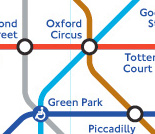
Accessible stations are also marked:


